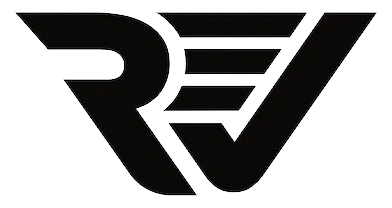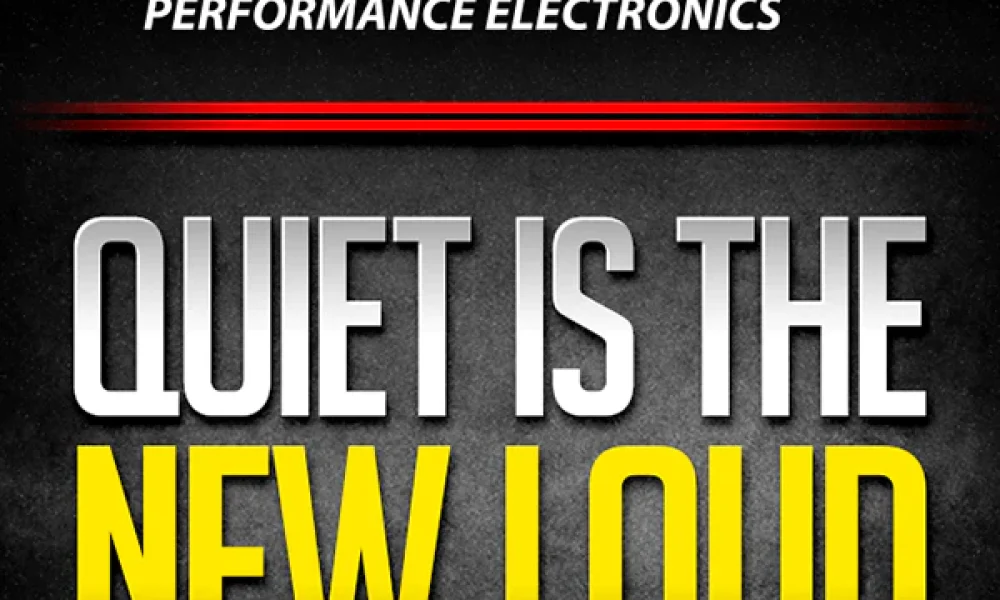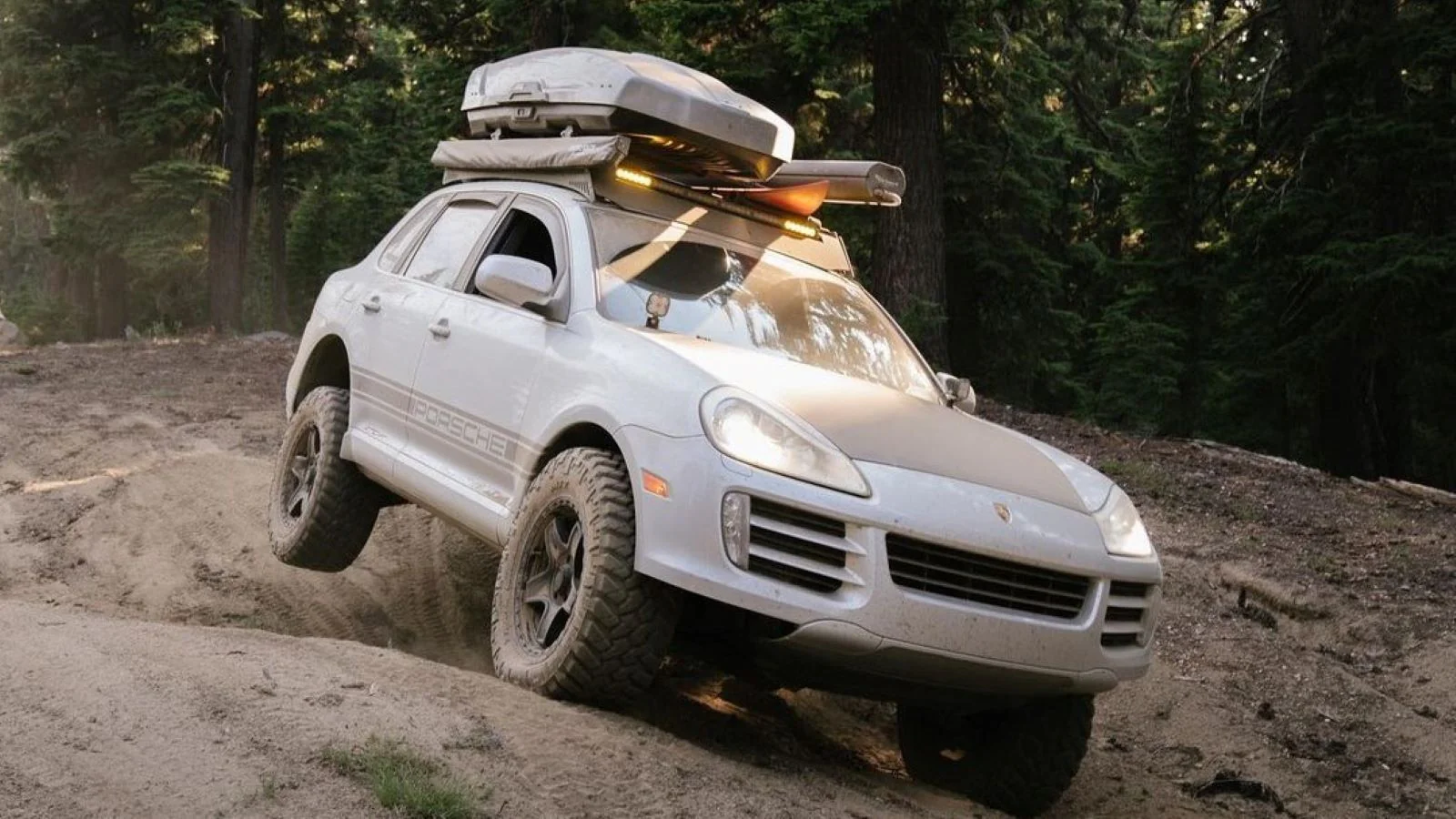Merriam-Wester has defined hot rodding as ‘automobiles rebuilt or modified for high speed and fast acceleration.’ Hot rodding was birthed with flathead Fords and ‘gow jobs.’ Big blocks followed, and small blocks, the rise of high-performance forced induction 4-cylinders, LS swaps, and the like all revealed themselves as harbingers of the next iteration of hot rodding over the past several decades. But, of course, this begs whether EV swapping can be considered hot rodding.
Like the internal combustion engines previously mentioned, each one represented a leap in technology, efficiency, and power from the OEM. And what is hot rodding, after all, then taking what the factory gives drivers and making it quicker, faster, and better handling? Today, we are seeing mass adoption of EVs at the OEM level. With over 20 models for sale in 2022, projections show in a few years, there will be hundreds.
Many of these have or will have electric motors capable of generating anywhere from 300 to 800 lb/ft of torque nearly instantaneously. With thetightening of emissions regulations for street-driven performance cars, the performance potential of EV powertrains, and the government’s enthusiasm for electric conversions, one can see how this technology can be a potential boon for swappable streetcars that require annual smog inspections.
Over the past several years, AEM Electronics has been working on EV controls development. Before entering this space, electronic controls for EV conversions looked like something from the early EFI days, with dedicated controllers managing specific vehicle subsystems (think air/fuel controller, boost controller, ignition controller, etc.), and none of these systems speaking with one another. So, when one system fails, the results could be a vehicle in a no-go situation with little to no diagnostic direction. In much the same way standalone ECUs centralize control and information, AEM EVs VCUs do the same on an EV.
The most prolific EVs on the market are Teslas, and the coveted motor is the Large Drive Unit (LDU). There are two iterations, the Base Drive LDU and the Sport Drive LDU. The Base Drive is the early motor (2013-15ish), and the Sport Drive was offered as a higher output version on dual-motor Teslas and the early “P” (Performance) cars.
AEM Electronics has validated its Tesla swap system to work on the Base Drive LDU currently (PN 30-8402). The Sport Drive validation is near completion. What’s remarkable is that with AEM’s electronics, and the proper batteries, drivers can outperform a Sport Drive Tesla with a Base-Drive-swapped conversion.
Controlling an electric motor means drivers have to have the ability to control the motor’s inverter. AEM accomplished this by co-developing an Inverter Control Board (ICB) with Cascadia Motion that replaces the OEM Tesla ICB and allows users to calibrate torque delivery, power levels, pedal inputs, current limits, safety parameters, and much more, all through its VCU200 vehicle control unit and free AEMcal EV tuning software.
From a user perspective, AEMcal software is familiar looking if you tune with ICE standalone ECUs. A Windows-based layout keeps everything organized, and parameters are set using tables and graphs instead of having to write code.
AEM EV’s system is more than just inverter control, though. After all, there are piggyback and “CAN spoofer” systems that can do that on some level. Where AEM EV excels is in delivering a comprehensive system with a centralized point of control, with hardware expansion devices that increase the VCUs control functions for things like battery management and switched controls. Simply put, it sees everything happening on the various CAN networks in the vehicle, which allows calibrators to use this data not just to maximize performance, but safety and drivability, too. With AEM EV, there are no compromises. Their mission is to provide the electronics that take the Sunday cruiser to daily-driver status if desired.
Combined with AEM EV’s Battery Management System (BMS) or supported 3rd party BMS, the company’s PDU-8 Power Distribution Units, and 8-Button CAN Keypad, AEM EV’s VCU does much more than provide torque management and different power levels.
Modular PDU-8s provide solid-state switched control for everything from high voltage contactors to the headlights and communicate over CAN. Supported BMSs send data to the VCU, allowing calibrators to set safety parameters if current levels drop too low for the requested torque, similarly if the batteries are too hot or cold to deliver the energy requested and keep the cells balanced for optimum performance, range, and life.
Drive mode selection is simplified with the CAN-based keypad, which includes standard P, R, N, D, an “ignition” button that activates the high voltage system, an aux button for a switched device, a button for power mode selection (4 programmable levels), and a traction control mode button.
These devices are all programmed in AEMcal software through the VCU, and all of the devices connect to the VCU200 over CAN bus, which keeps wiring simple and tidy. For data visualization and logging, AEM’s CAN-based CD Carbon dashes provide drivers with every piece of data they could conceive, from charge status to current discharge rate, speed, inverter, battery temps, programmable warnings, alarms, and more. If it’s on the CAN bus, it can be displayed and logged.
AEM EV’s early development with Ford Performance on the CobraJet1400 and with Huff Motorsports on their Dragster provided them with the benefit of rolling testbeds for all its bench validation, so when they started development on the Tesla Large Drive Unit (LDU) platform, it was a given that they would need a vehicle for real-world testing. A solid example was found in the form of an already converted 2005 S197 Ford Mustang GT. With the main elements in place, AEM EV’s engineers rewired the vehicle with its electronics, installed its ICB into a Tesla Base Drive LDU, and swapped it in place of the Sport Drive with which the vehicle arrived.
Using hybrid electric batteries, AEM EV’s Testang outperformed the Base Drive unit in a Base Model S on the dyno. While it didn’t create more peak torque than the Model S P Car with the Sport Drive, it made more torque under the curve than the Sport Drive from 5,700 rpm until redline at 13,000 rpm. At the track, this equated to a best ¼-mile of 11.78 @ 117 MPH, compared to the Model S P car’s 12.84 @ 105. For comparison, AEM EV also ran a Bullitt Mustang with approximately 60,000 miles. Its best pass was 13.62 @ 102 MPH.
If Merriam-Webster’s definition is accurate, and you consider that AEM EV’s Tesla-swapped Mustang is nearly two seconds quicker and 15 MPH faster in the ¼ mile than how it came from Ford, a case can be made that EV swaps are a form of hot rodding.
Want to see how and what goes into a Tesla swap? Check out the video series from AEM on their Testang and how this EV system can be installed in practically any vehicle. No stone is left unturned from the build to dyno testing to track performance!
Are you ready to start your first swap? Reach out to our team so we can help you get electrified!






